honey mango fruit
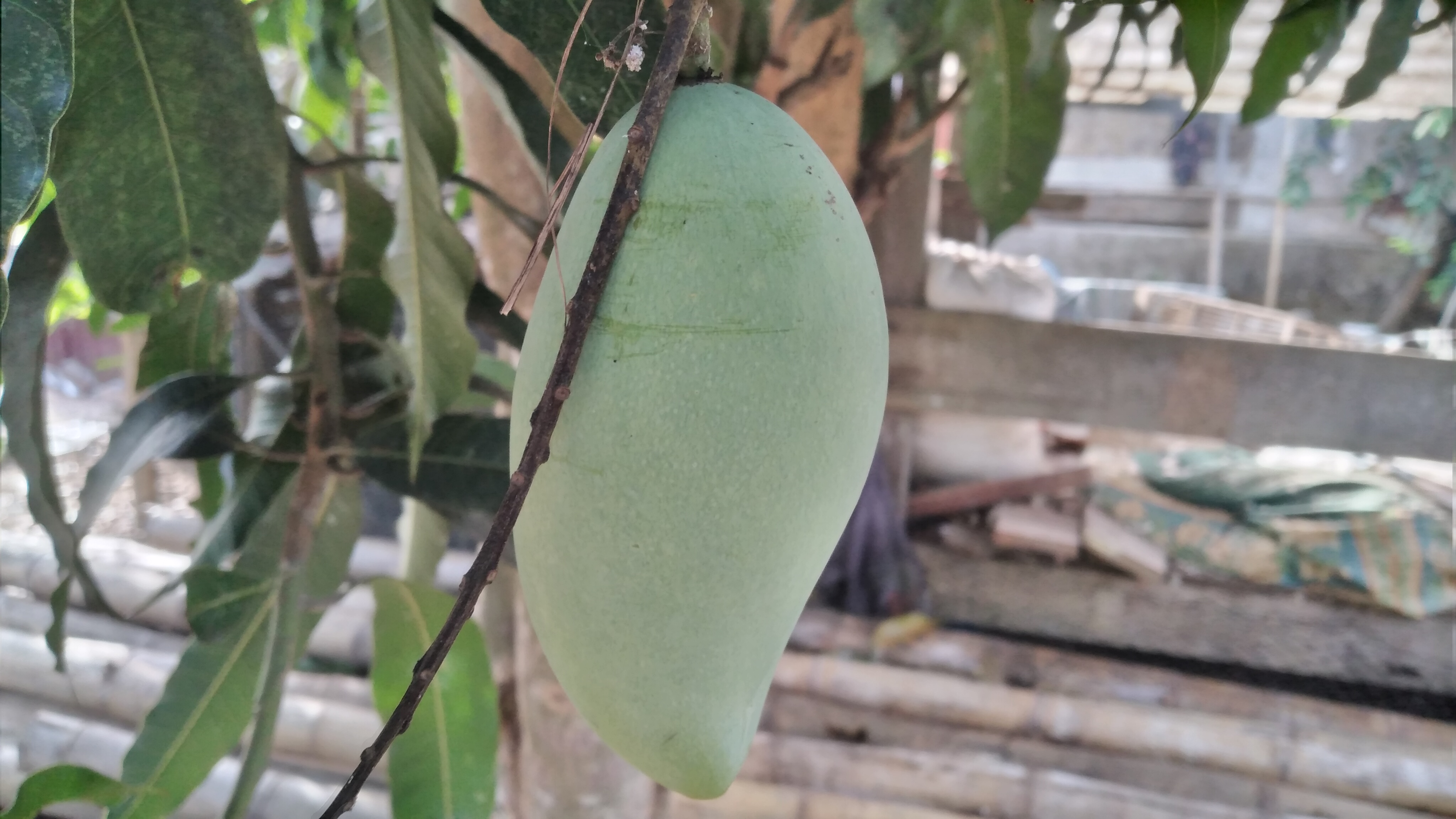
Most lay people will know that mango seeds are the embryo of the mango plant. Planting from seeds is a generative propagation that is relatively easy and cheap. This method can produce new varieties that may or may not be as good as the parent plant. Plants from mango seeds are also stronger so they last longer.
The new plants produced do not necessarily have the same characteristics as the parent tree. This happens because of the possibility of pollination from other undesirable varieties. Therefore, the nature of the fruit that appears can vary.
Even though it is relatively easy and cheap, this propagation method actually takes longer. On average, new plants can bear fruit 4-8 years after they are planted.
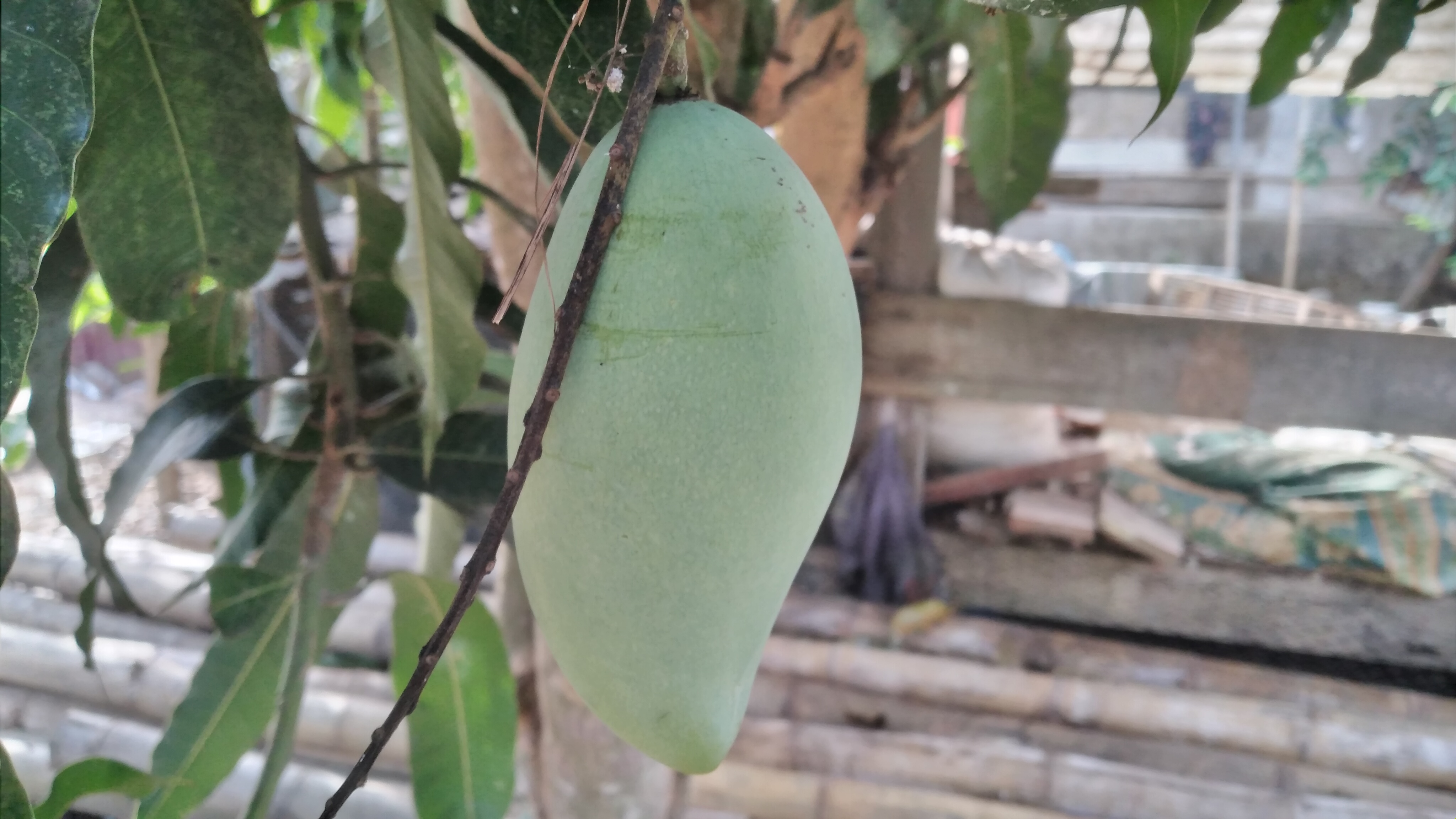
Usually, cultivators plant from seed only to produce rootstock which is used in the process of making grafting and grafting seeds. The supporting roots of plants from seeds tend to be strong so that plants propagated using shoot grafting and grafting techniques do not collapse easily.
If you are curious about propagating plants from seeds or want to produce rootstock for grafting and grafting purposes, here is how to propagate.
Clean the mango seeds from the remaining flesh and dry them in the air.
Peel the outer mango seeds.
Prepare a polybag measuring 25 cm × 30 cm or 30 cm × 30 cm filled with planting media.
Place the seeds on the planting medium with the belly facing downwards, then cover the seeds with the planting medium but only lightly.
Water the seeds and place them in a shady area, such as under a tree.
After two weeks, the seeds usually start to grow.
When the new leaves grow old, the seedlings can be placed in direct sunlight.
Seedlings need to be given urea/ZA fertilizer once a month at a dose of ¼ teaspoon per polybag. Seedlings that are 9–12 months old can be used as rootstock.

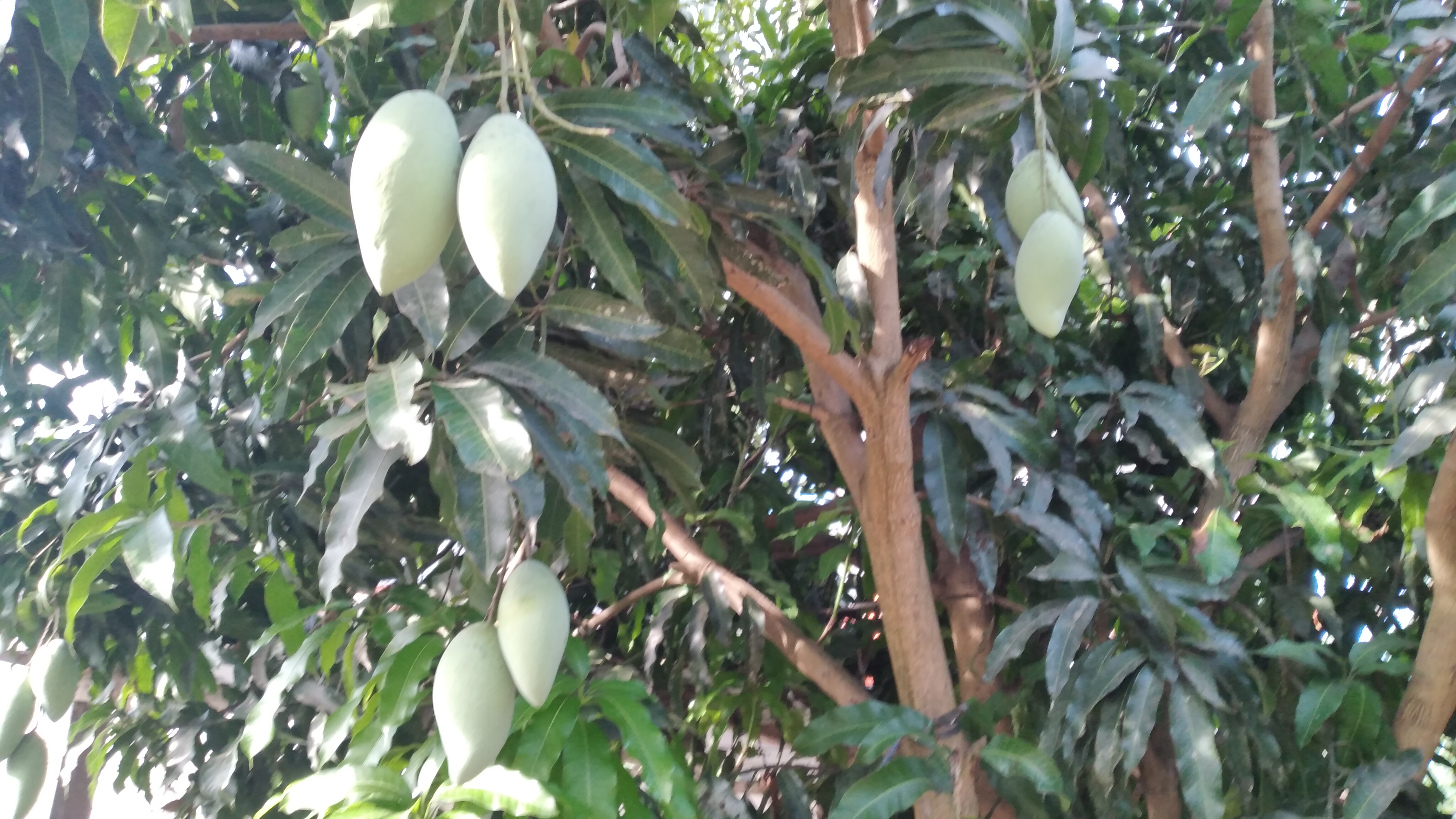
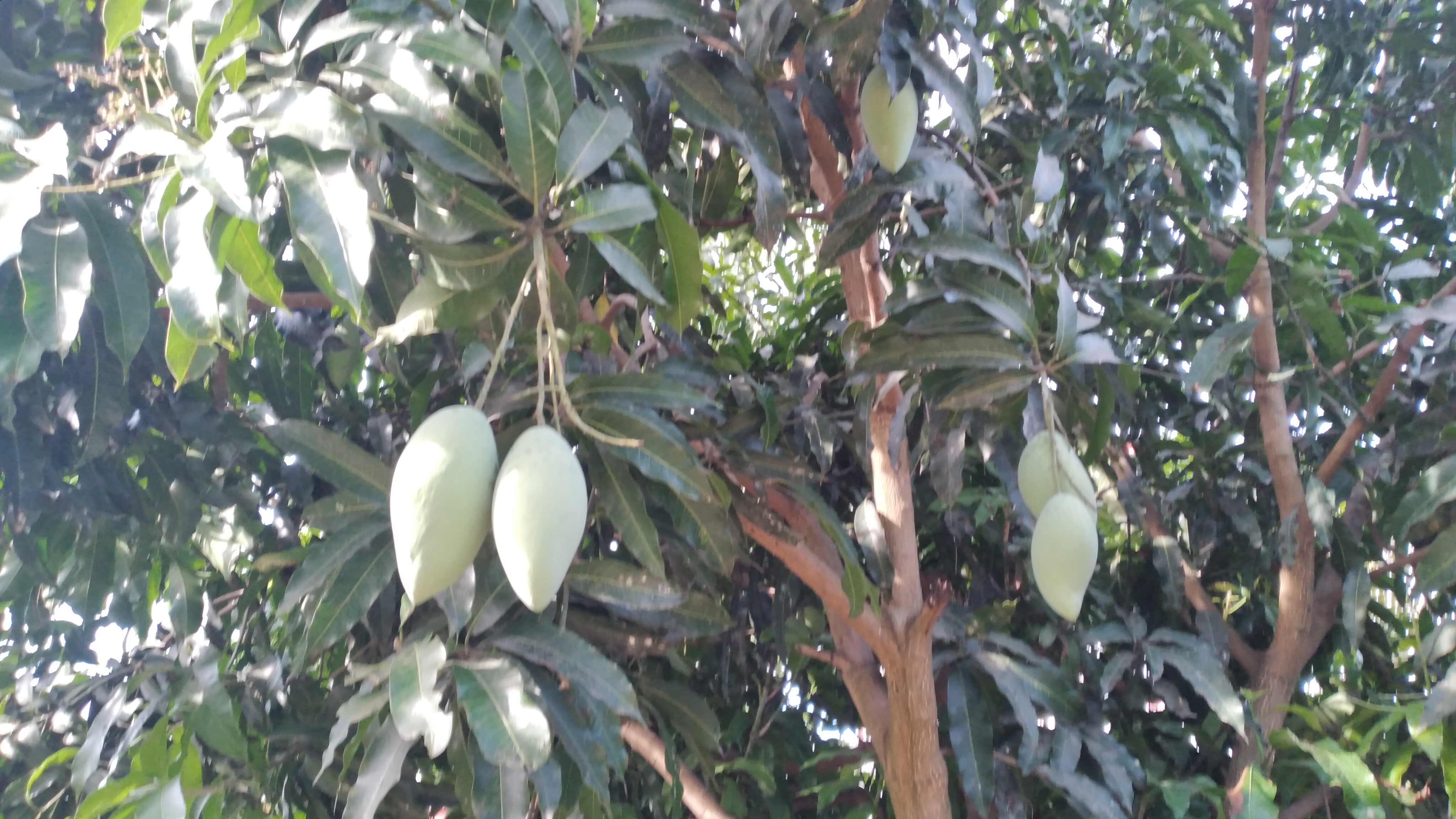

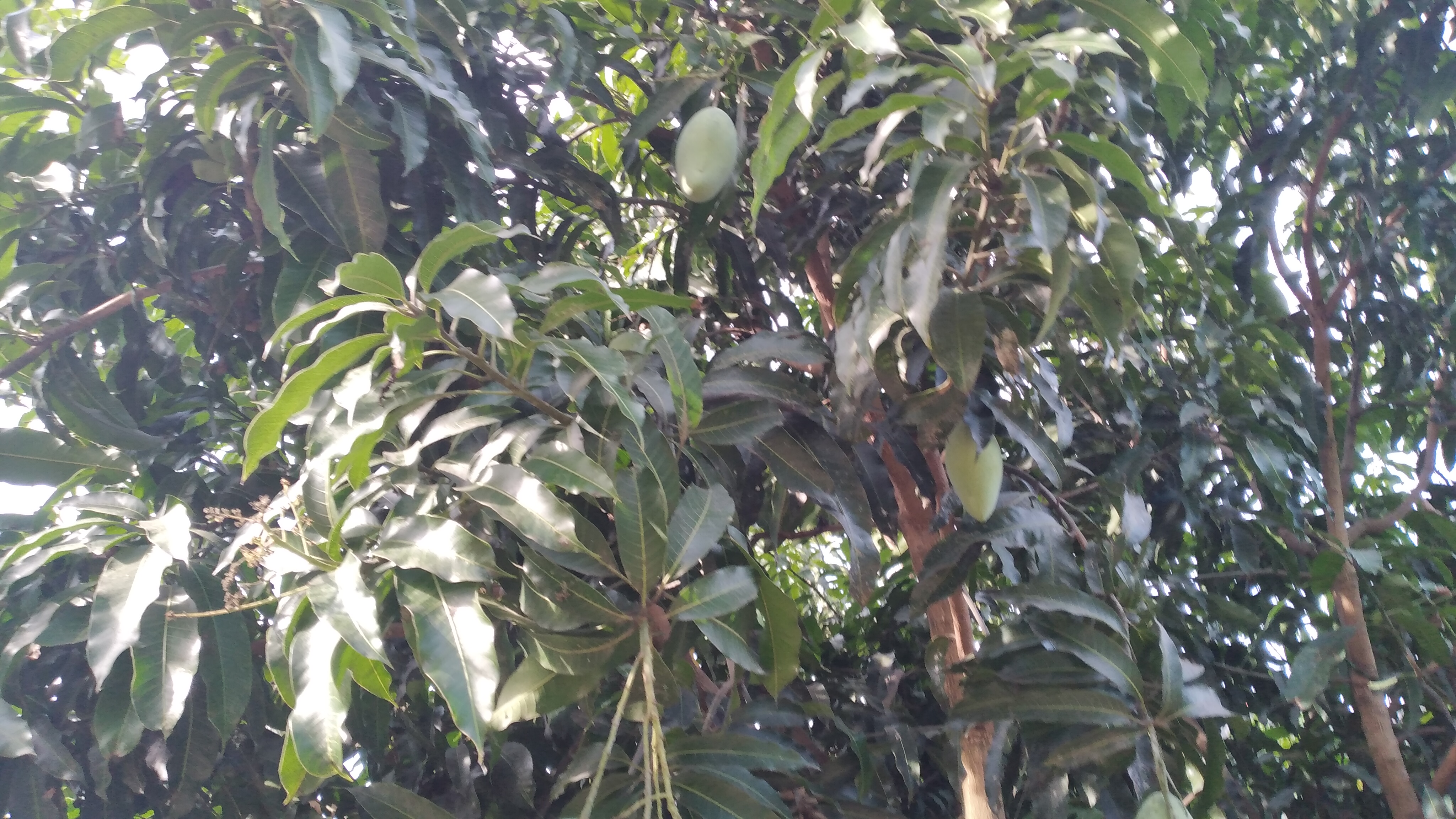

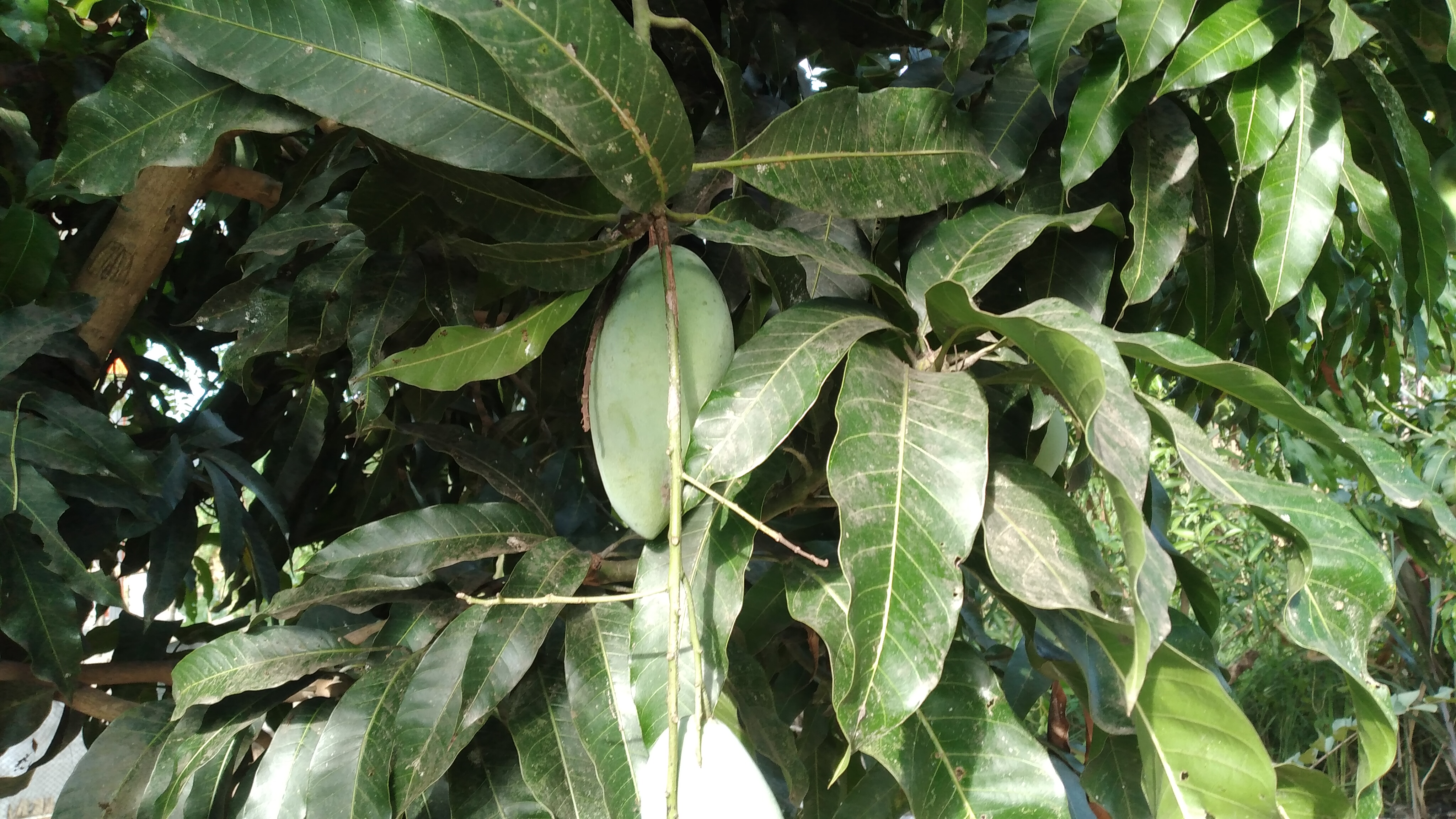
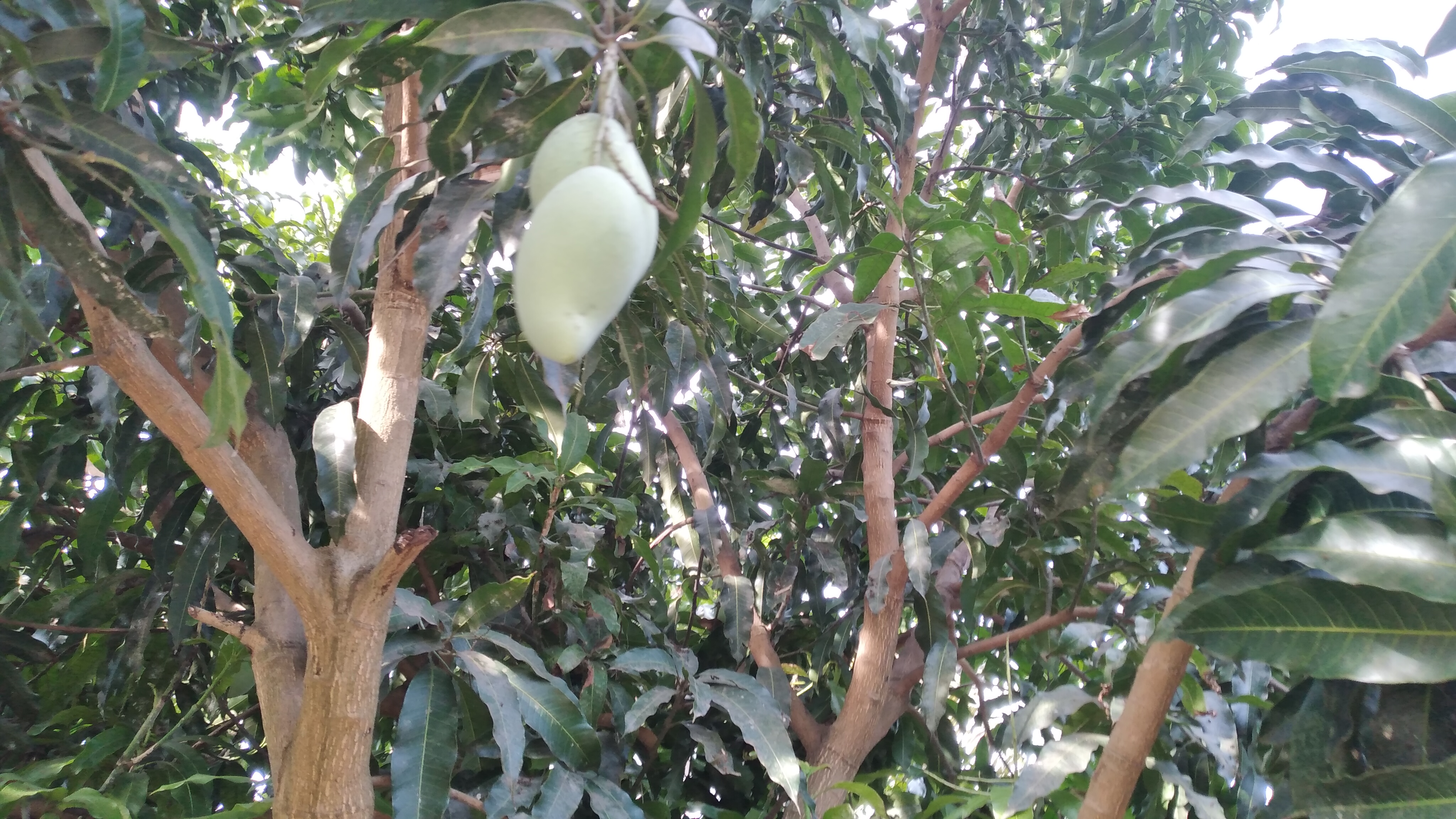
Keep up the good work. 👏
Recognized by Mystic artist Gudasol
You are loved.
Interested to to help music map cXc.world spread more good vibes on Hive?.